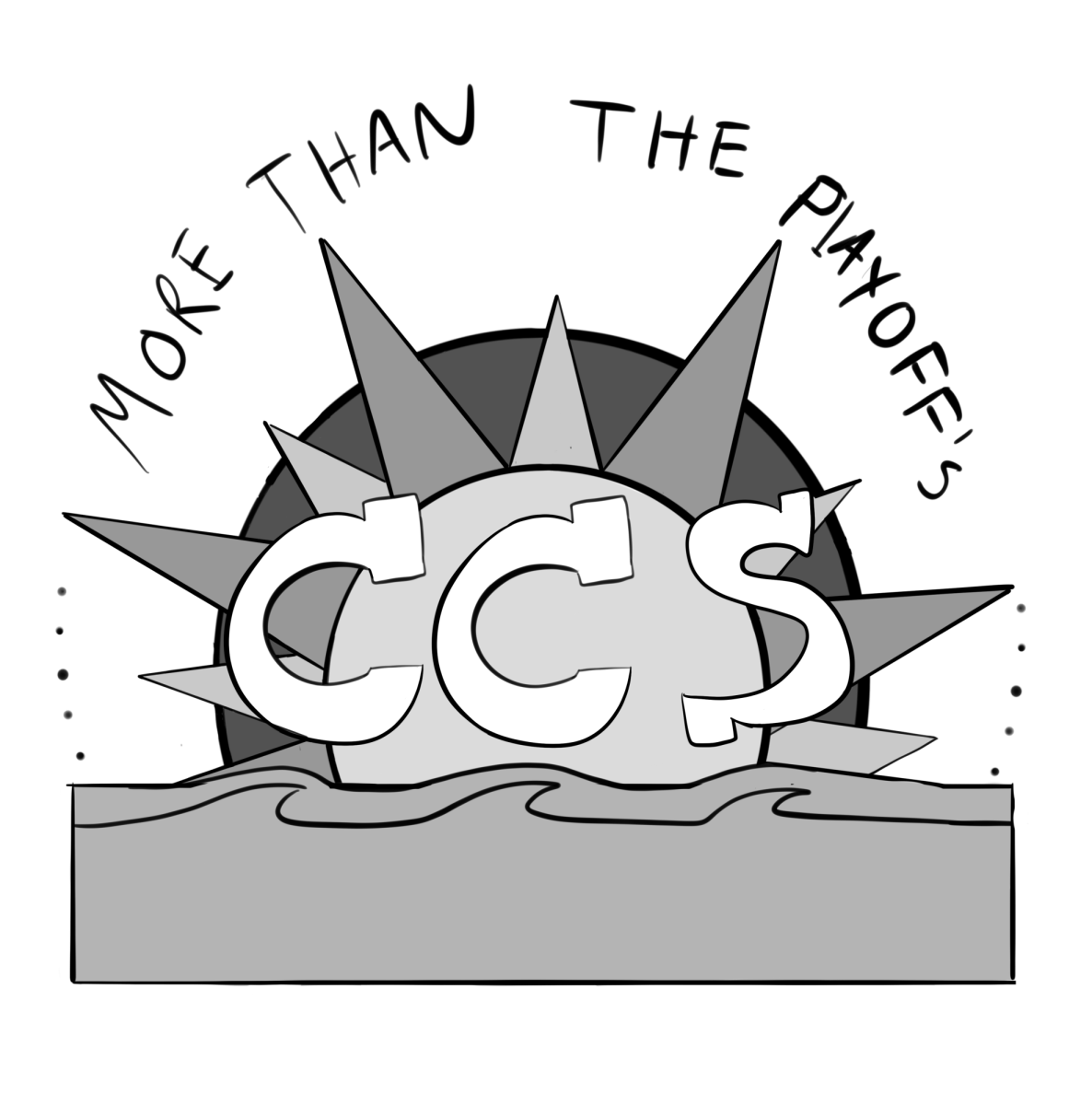Central Coast Section is a term many student athletes have grown familiar with over their athletic careers. It is part of the California Interscholastic Federation, which is the governing body of varsity high school sports in the state. With different acronyms can come plenty of confusion, and CCS Commissioner David Grissom wishes to notify readers that CCS is not only about the prestigious events of high school sports, but it also plays a key role in monitoring high school athletics.
“Many think that the CCS is only about the playoffs, which is not true,” Grissom said via email. “It actually is only a small part of our overall role. We spend many more hours on governance and eligibility than we do on playoffs.”
Due to the misconceptions about CCS, the organization receives numerous emails from parents and athletes with questions that they cannot necessarily answer. Grissom specifically has dealt with emails from parents at times that are not related to CCS at all but revolve around an issue within one of the 160 schools CCS works with.
“We receive emails every year in regards to parents that are upset with their child’s coaches or unhappy with another aspect of their child’s athletic journey,” Grissom said. “In the vast majority of these cases, the issue lies at the school site.”
Despite CCS organizing more than just the playoffs, winning competitions can be one of the most desired parts of school sports for student athletes. Senior wrestler Gyan Nawbatt views the playoffs as a major milestone that most athletes work toward.
“Throughout the whole season, CCS is the main goal for me,” Nawbatt said. “When I was younger, CCS was always something that I really wanted to qualify for.”
The miseducation of CCS rules is prevalent in playoffs, regulations and requirements. Baseball head coach and flag football offensive coordinator Pedro Martinez has observed rules of CCS being ignored or misunderstood due to lack of knowledge about requirements and standards.
“There’s a lot of different rules on (things) like transfers, and I think some people don’t get the grade point average situation and having to maintain a 2.0 even though it’s said,” Martinez said. “I don’t think we really read the little small fine print that’s there.”
CCS and CIF get involved when new high school sports are added to schools statewide. CIF worked to introduce flag football throughout the state, organizing which teams compete against each other as well as introducing the sport to schools like SCHS.
“I believe (CIF) was very involved because it has taken off in other parts of the country,” Martinez said. “I know the southern section started off last year, and I think some other schools in CCS had a team last year, and then here in year two, it got bigger.”
The organization of CCS consists of former teachers, coaches and athletic directors, all with the common love for high school sports. This is a passion they share as they continue to work with 160 schools in California to keep high school sports professional, fair and enjoyable for all athletes from King City to San Francisco.
“I get to be involved in something that I am passionate about (high school athletics) that also had a profound influence on my own life,” Grissom said. “I am hopeful that many of our student-athletes in the CCS are able to find that same passion in their involvement with athletics.”


